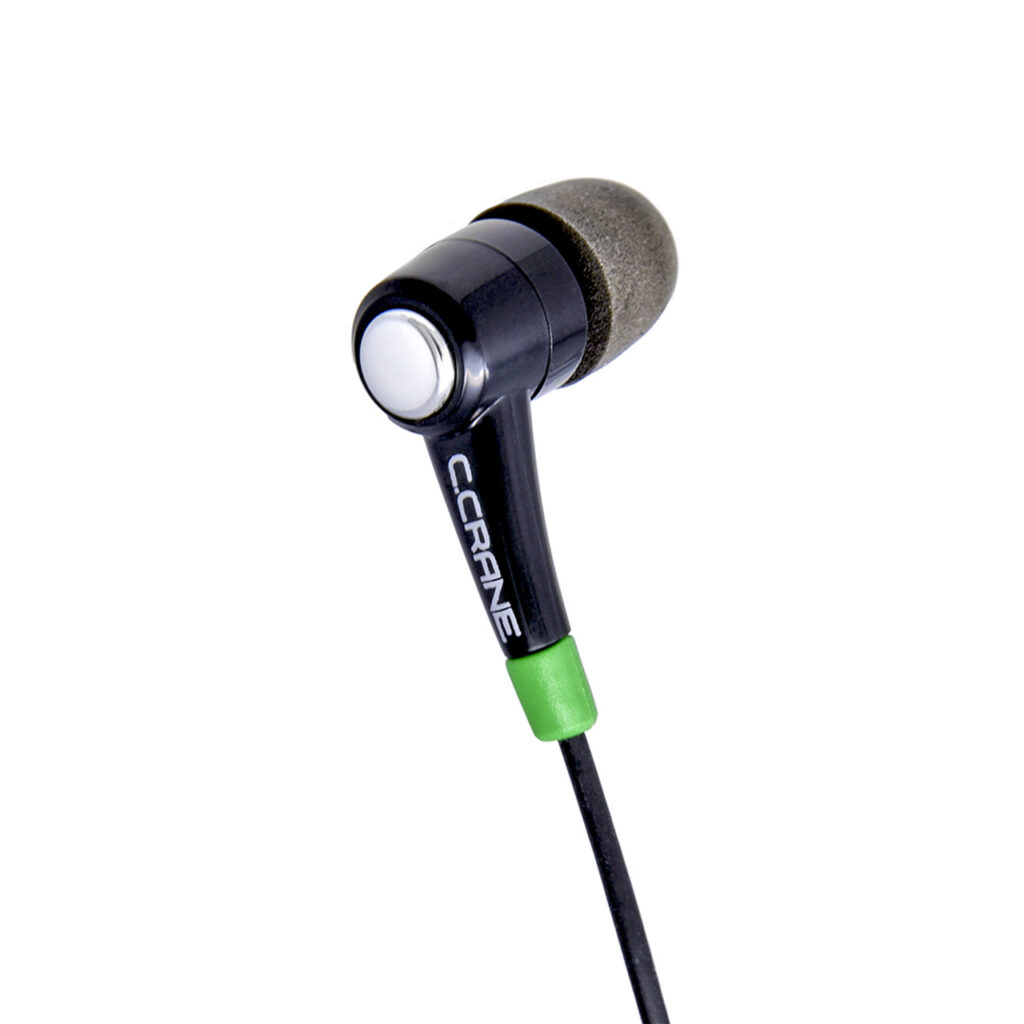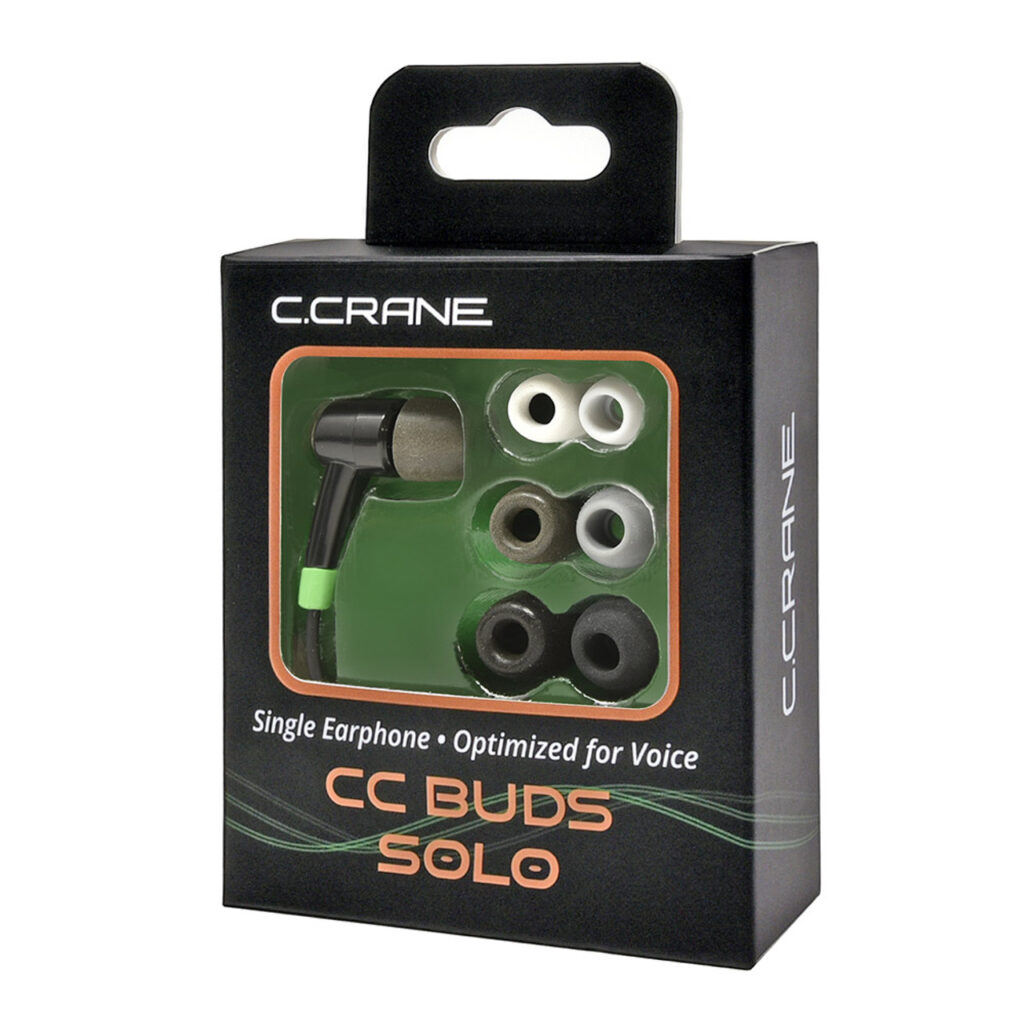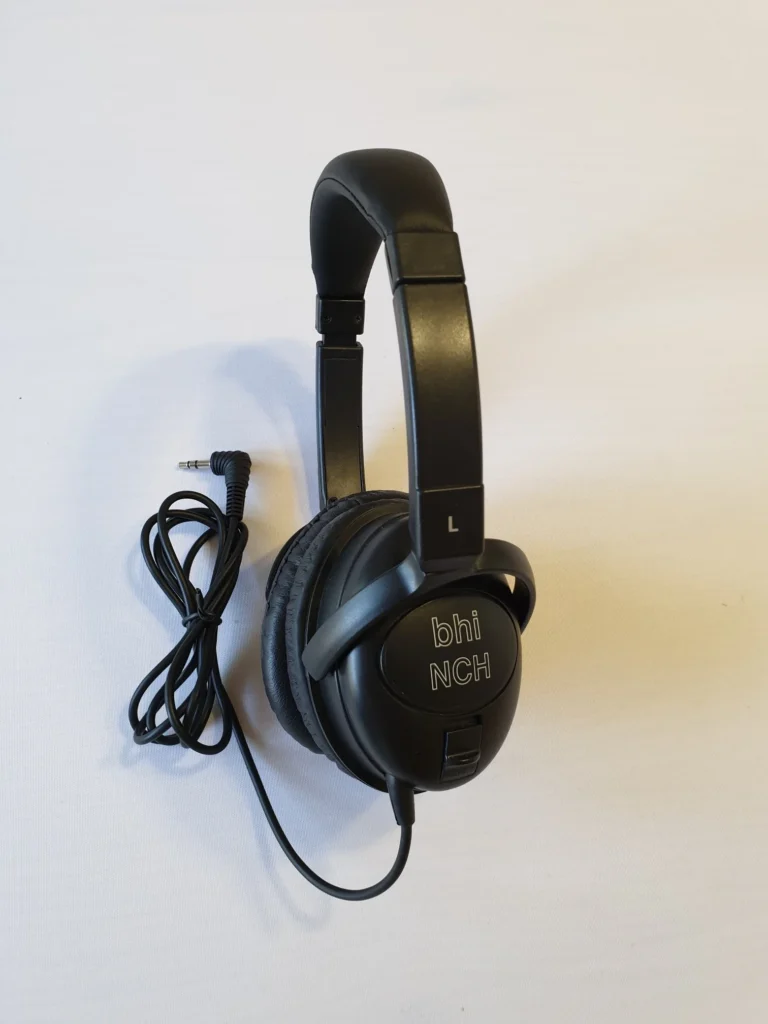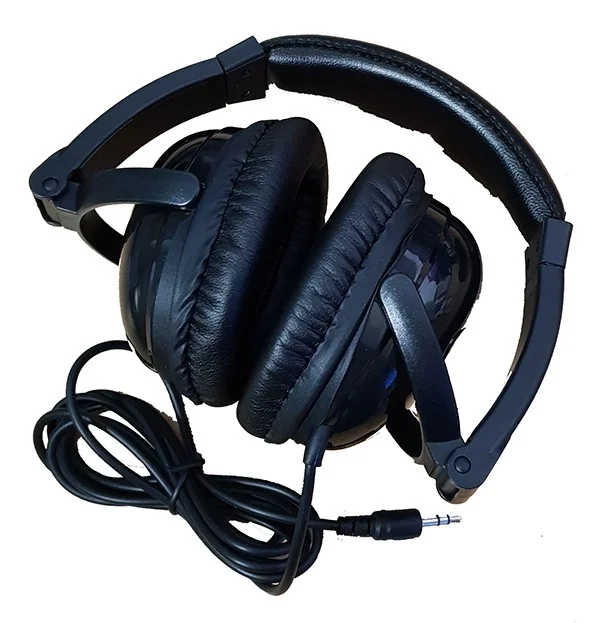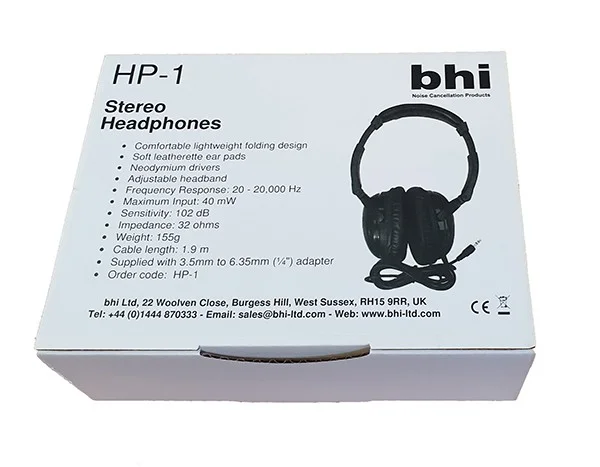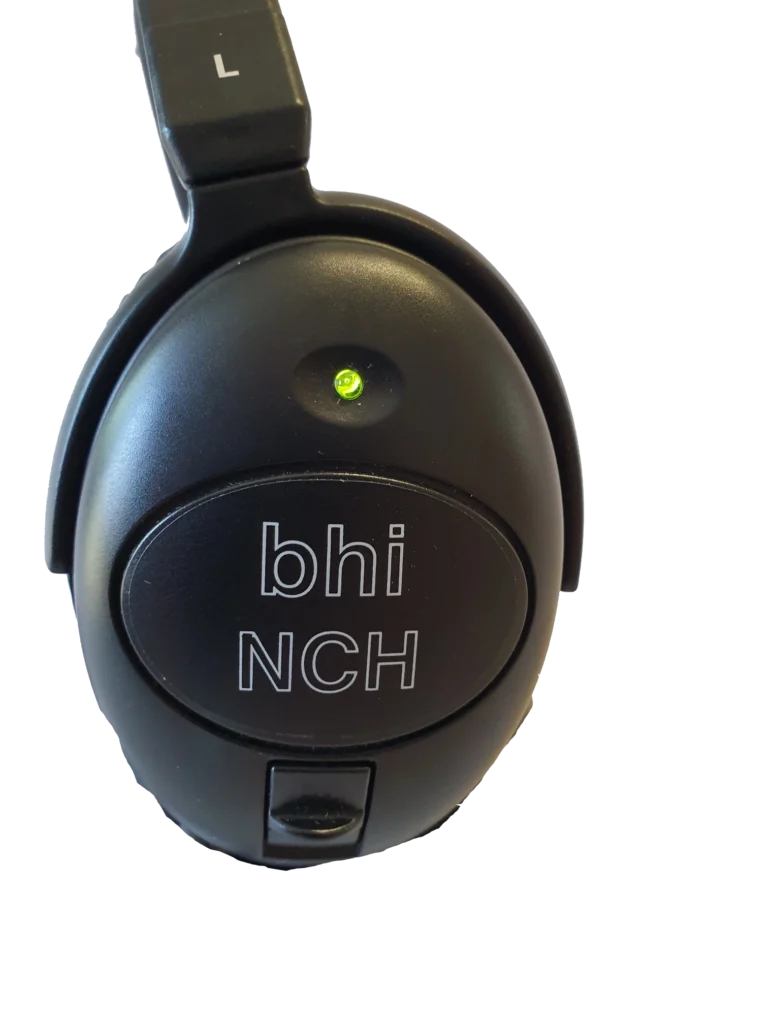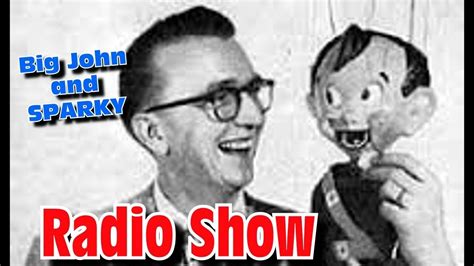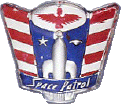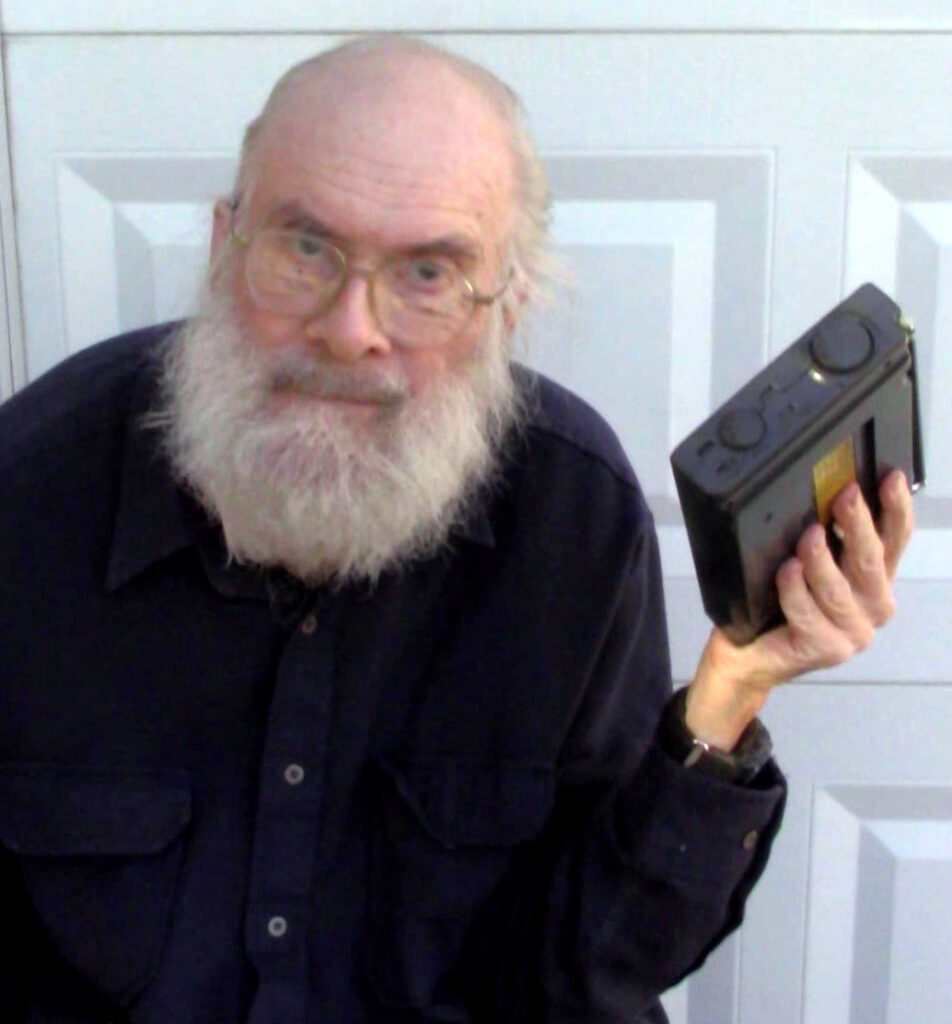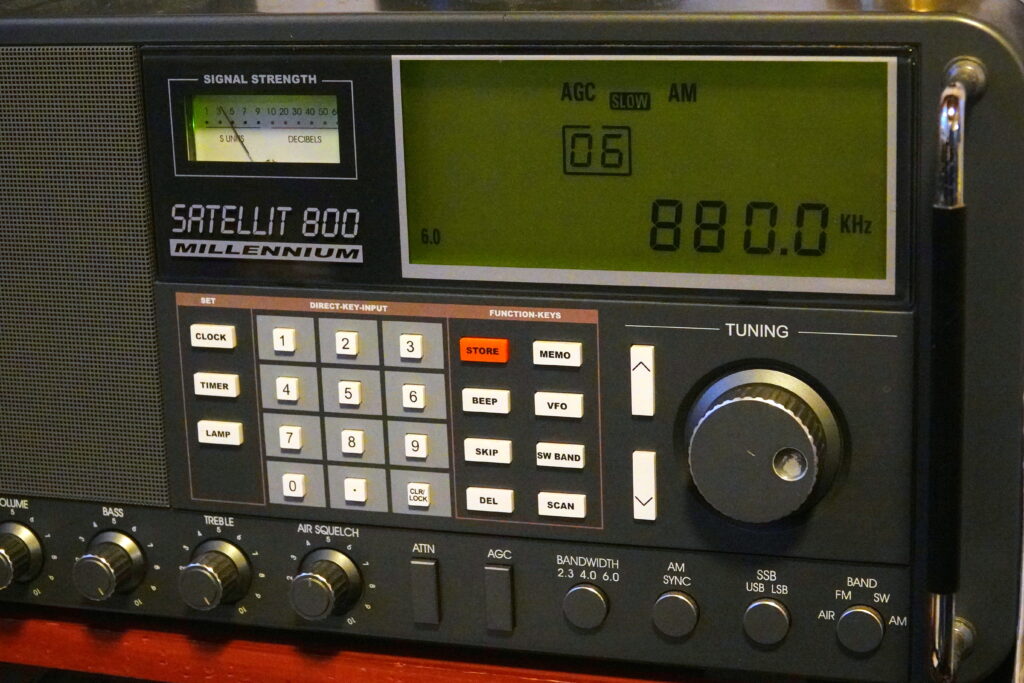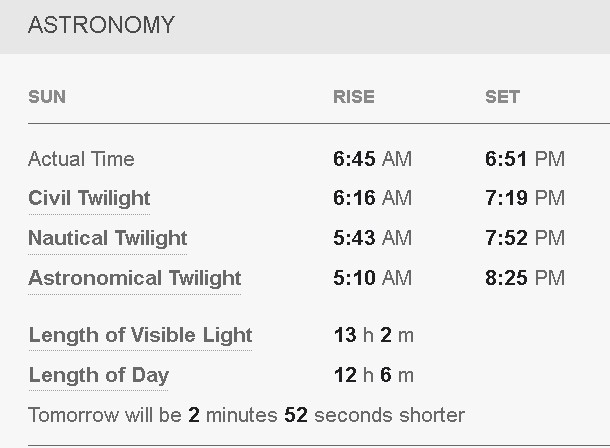By Jock Elliott, KB2GOM
The marketing email from CCrane intrigued me. “The cable is Kevlar™ reinforced for maximum durability” it said. The product in question was the “CC Buds Solo In-Ear Single Earbud for Radio, Audio Books and Podcasts.”
Sadly, many of the headphones and earbuds that I have owned and liked had to be tossed out because of a breakage somewhere along the cable. As a result, a more durable cable sounded like a great idea.
After checking out the Solo Earbud on CCrane’s website I decided to buy one. I was in the very act of pulling the trigger on the purchase when I noticed the deal: buy two, get one free. Well, heck, I thought, why not?
I revised my order, clicked the button, and a few days later three solo earbuds arrive.
We’ll get to how well the solo earbud works in just a moment, but I can almost guess what you’re thinking right now: “Listen with one ear? Why?”
There are a bunch of times when listening with just one ear is the best strategy. For example, when you are out and about or engaged in some sports activity and want to be situationally aware of what is going on around you. Or when you are listening at home and you want to be able to hear things going on in the household (for example, dinner is ready . . . don’t want to miss that! . . . or someone in the house needs something). Well, you get the idea.
The Solo Earbud is small and well-made. It has a four-foot cable with a clothing clip that terminates in a stereo to mono 3.5 mm plug. According the C.Crane, the audio is tuned for “superior voice quality.” I liked the sound it delivered from my shortwave radios, scanners, and even audio books and I found it helped me to pick out faint signals. In addition, I found that using a Solo Earbud was less entangling with smoother operation than using just one earbud from a stereo pair of wired earbuds . . . that unused dangling earbud seems to always get in the way or get caught on things.
The Solo Earbud comes with three silicone and three compressible foam covers – sized small, medium and large. After a little experimentation, I found one that fit my ear very comfortably. The Earbud even comes with a small drawstring bag for storing the Earbud when not in use.
I have saved perhaps the coolest use for last. Frequently I rise well before dawn to monitor the airwaves. With a pair of Solo Earbuds, I can plug one into a scanner and another Earbud into a shortwave radio. With one Earbud in each ear – voila! – I can cruise the HF bands and monitor a scanner without interrupting the peace of the early morning household.
Bottom line: I found the CCrane Solo Earbud to be a useful and worthy piece of gear for general listening or DXing.

